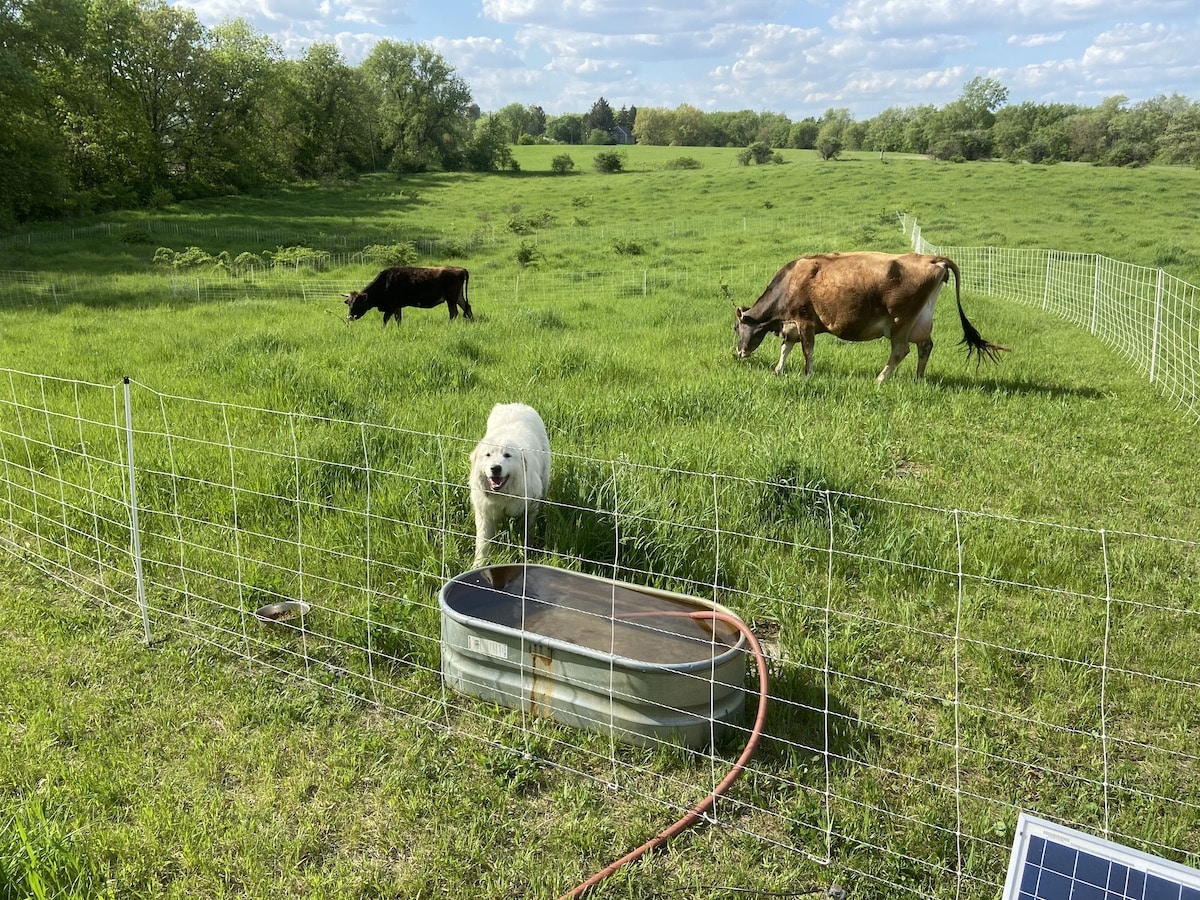Creating an off grid cabin and managing a 15 acre homestead is a dream for many. It offers a chance to live sustainably, connect with nature, and enjoy a simpler life. Whether you’re an experienced homesteader or a curious beginner, this guide will help you develop a comprehensive plan to turn your vision into reality.

Understanding Off Grid Living
Before diving into cabin plans and land management, it’s essential to grasp the concept of living off the grid. This lifestyle involves being self-sufficient and independent of public utilities. You’ll generate your own power, manage water resources, and grow your own food.
Why Choose Off Grid Living?
Many are drawn to off grid living for its environmental benefits, cost savings, and the freedom it provides. By reducing reliance on utilities, you not only lower your carbon footprint but also gain control over your resources and expenses.
Challenges to Consider
While rewarding, off grid living comes with challenges. These can include initial setup costs, maintenance of systems, and learning new skills. However, these challenges are often outweighed by the benefits and the sense of independence achieved.
Planning Your Off Grid Cabin
Designing your off grid cabin is a crucial step in establishing your homestead. Here, we’ll discuss what to consider when planning your cabin.
Location and Orientation
Choosing the right location is vital. Consider the sun’s path for solar energy, wind patterns for ventilation, and proximity to water sources. Proper orientation can maximize energy efficiency and comfort.
Design and Materials
Your cabin’s design should align with your lifestyle and environmental conditions. Opt for sustainable materials and designs that promote energy efficiency. Incorporating passive solar design principles can significantly reduce energy needs.
Essential Features
Consider features such as rainwater collection systems, composting toilets, and energy-efficient appliances. These elements will support your self-sufficient lifestyle and reduce environmental impact.
Utilizing Your 15 Acre Homestead
Managing a 15 acre homestead involves strategic planning and sustainable practices. Let’s explore how to make the most of your land.
Land Assessment
Start with a thorough land assessment. Identify soil types, water sources, and existing vegetation. This information will guide your decisions on crop selection and land management practices.
Sustainable Farming Practices
Implement sustainable farming techniques such as crop rotation, permaculture, and organic gardening. These practices improve soil health and biodiversity, ensuring long-term productivity. To get started, learn more about compost tea brewing for enriching your soil naturally.
Water Management
Efficient water management is critical on an off grid homestead. Consider rainwater harvesting, swales, and ponds to optimize water use. For more information, explore swales for your homestead.
Animal Husbandry
If you plan to raise animals, ensure you have adequate space and resources. Choose species that are well-suited to your climate and land. Consider rotational grazing to maintain pasture health. Learn about pasture legumes to enhance your grazing areas.
Energy Solutions for Your Homestead
Energy independence is a cornerstone of off grid living. Explore renewable energy options such as solar, wind, and hydroelectric power to meet your energy needs.
Solar Power
Solar panels are a popular choice for off grid homesteads. They provide a renewable and reliable energy source. Assess your energy requirements and solar potential to design an effective system.
Wind and Hydroelectric Power
Wind turbines and micro-hydro systems can complement solar power, especially in areas with suitable conditions. Evaluate your site’s wind and water resources to determine feasibility.
Building Community and Support Networks
Living off grid doesn’t mean isolation. Building a supportive community can enhance your homesteading experience. Connect with local homesteaders, join online forums, and participate in workshops to share knowledge and resources.
Local Collaborations
Consider partnering with nearby farmers or homesteaders for knowledge exchange, resource sharing, and social support. These collaborations can strengthen your community ties and improve your self-sufficiency.
Educational Opportunities
Attend workshops and courses to enhance your skills in areas such as sustainable farming, renewable energy, and homestead management. Online resources and local events are valuable for continuous learning.
Conclusion
Establishing an off grid cabin and managing a 15 acre homestead is a rewarding journey that offers numerous benefits. By carefully planning your cabin, utilizing sustainable practices, and embracing renewable energy, you can create a self-sufficient and fulfilling lifestyle. Remember, building a supportive community and continuously learning will further enrich your homesteading experience.

FAQ
What are the initial steps to start an off grid homestead?
Begin by assessing your land, planning your cabin, and researching sustainable practices. Consider factors like location, resources, and design.
How can I manage water resources effectively on my homestead?
Implement rainwater harvesting, swales, and ponds to optimize water use. Efficient water management is crucial for sustainability.
What energy solutions are suitable for an off grid homestead?
Renewable energy options like solar, wind, and hydroelectric power are ideal. Assess your site’s resources to design an effective energy system.





